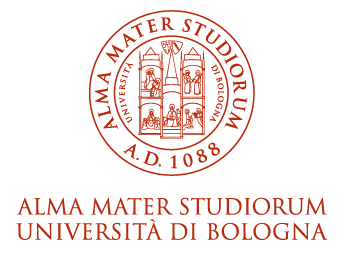- Docente: Giuseppe Cavaliere
- Credits: 6
- SSD: SECS-P/05
- Language: English
- Teaching Mode: Traditional lectures
- Campus: Bologna
- Corso: Second cycle degree programme (LM) in Economics (cod. 8408)
Learning outcomes
At the end of the course the student has acquired knowledge of the core time series econometric methods for the analysis of univariate and multivariate economic models. In particular, he/she is able: - to critically understand the applications of these models in the recent empirical economic literature; - to apply the models and perform his/her own analysis of economic datasets using a suitable econometric software
Course contents
Introduction to multivariate time series. Stationarity, ergodicity. Moments. Linear processes. Martingales. Law of Large Numbers and Central Limit Theorems.
Vector Autoregressive (VAR) models for stationary data. Specification and assumptions. Alternative representations of the model. Estimation (OLS, GLS, SUR, MM, ML) and inference. Stationarity conditions. Moving average (MA) representation. Inference on the MA representation. Forecasting.
Introduction to non-stationary time series. Unit roots and permanent shocks. Integrated processes. Unit root tests and stationarity tests: ADF, PP, KPSS. Cointegration and common trends.
Cointegration in VAR models. Error correction mechanism (ECM) representation of the VAR. Cointegration in VAR(1) models and in the general case. Granger representation theorem. Estimation (RRR, ML) of a cointegrated VAR model. Determination of the cointegration rank. Testing hypotheses on the long run equilibrium and on the short run adjustment.
Structural VAR (SVAR) models. Primitive shocks: identification (Choleski). C form of the SVAR. A-B forms. Identification through long run restrictions (Blanchard-Quah). Relation with systems of simultaneous equations. Estimation and inference.
Applications of VAR models. Forecasting. Impulse Response Functions. Variance Decomposition.
Readings/Bibliography
Hamilton (1994) Time Series Analysis
Teaching methods
Throughout the course, the presentation of theoretical issues will be complemented by critical discussion of some macro-economic applications from recent research using VAR models. Students will receive data to practice at the computer and learn the basic skills to perform empirical work using the following software: GRETL, JMulti, Matlab.
Assessment methods
There are two components of the course assessment: take home assignments and written exam.
During the course Computer Exercises will be assigned to small groups of students and will be due on specific dates. The average mark of the Computer Exercises will account for 30% of the final mark.
The written exam is closed book. It is divided in three parts:
In case online exams will be envisaged by the University of Bologna, the structure of the written exam is the same. The exam will be run through Zoom and Exams Online (EOL). Detailed instructions on how to manage and hand in the online exam are available on the course page on the VIRTUALE platform.
The maximum possible score is 30 cum laude, in case all anwers are correct, complete and formally rigorous.
The grade is graduated as follows:
<18 failed
18-23 sufficient
24-27 good
28-30 very good
30 e lode excellent
For students attending the Master in Economics LMEC the Econometrics 3 grades will contribute to the final grade of the integrated course Econometrics I.C. The latter is obtained as the average of the grades of Econometrics 2 and Econometrics 3 (see the LMEC booklet on the LMEC webpage for detailed information on the integrated courses' exams).
Teaching tools
Course website, with news and updated materials, including lectures' slids.
Software Matlab (available at the School of Economics and Management), GRETL (freeware), JMulti (freeware)
Office hours
See the website of Giuseppe Cavaliere
